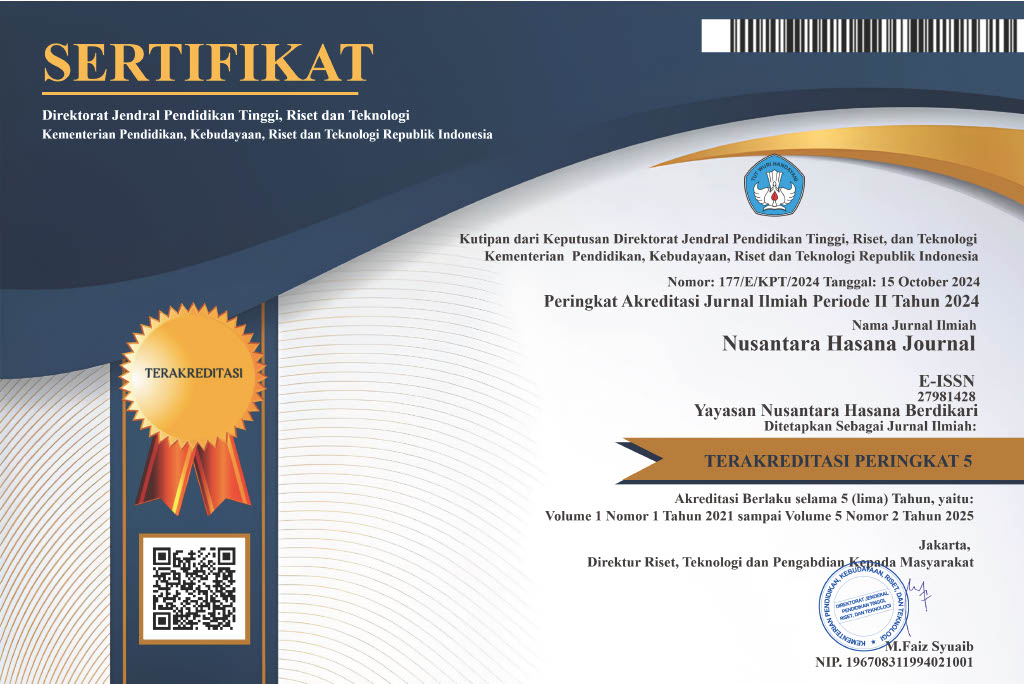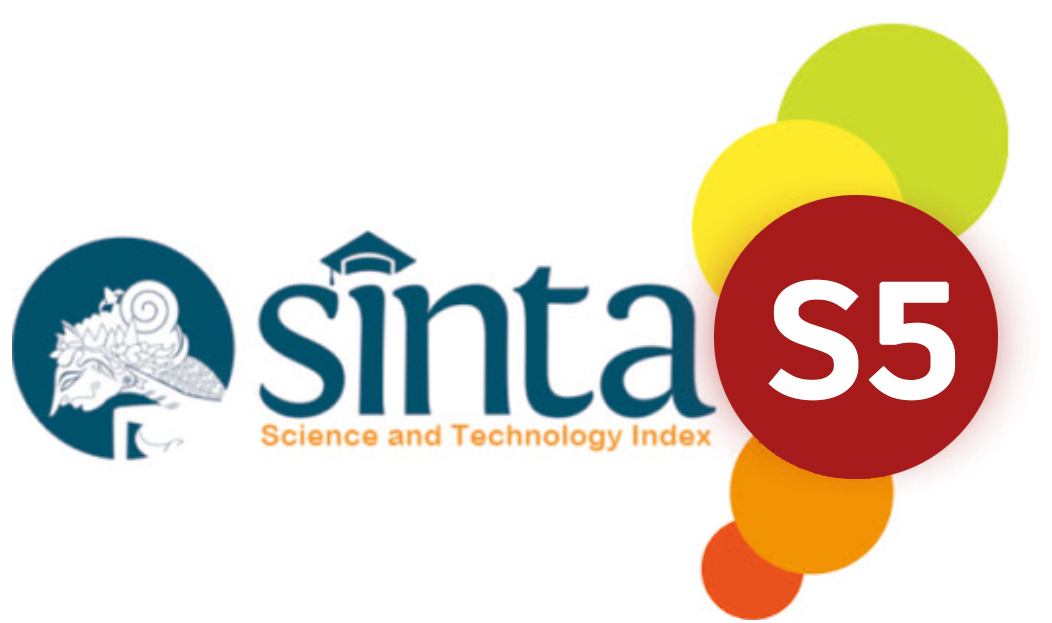DIAGNOSTIC HISTOPATHOLOGY OF JUVENILE GRANULOSA CELL TUMOR: HALLMARK MORPHOLOGICAL AND CYTOLOGICAL FINDINGS
DOI:
https://doi.org/10.59003/nhj.v4i12.1417Keywords:
Juvenile granulosa cell tumour, ovarian neoplasm, precocious pubertyAbstract
Juvenile granulosa cell tumour (JGCT) is a subtype of granulosa cell tumour that predominantly affects young females, particularly those who are premenarchal, with a mean age at diagnosis of 13 years. Although rare, this tumour can occur across a wide age range, from 10 months to 67 years. Histologically, JGCT resembles the adult-type granulosa cell tumour but presents with distinct features, including aggressive growth and the absence of FOXL2 mutations. Common clinical manifestations include an abdominal mass, abdominal pain, precocious puberty in prepubertal girls due to estrogen secretion, and menorrhagia or amenorrhea in premenopausal women. Macroscopically, the tumour typically exhibits a dominant solid component, frequently accompanied by hemorrhagic and necrotic areas. High mitotic activity and variable degrees of cytological atypia are characteristic findings. The diagnosis is supported by positive immunoreactivity for inhibin, calretinin, and CD99. In early-stage disease, the primary treatment is unilateral oophorectomy with fertility preservation. In contrast, advanced stages often require total hysterectomy and adjuvant chemotherapy. Prognosis is highly dependent on disease stage; patients with stage I disease have a survival rate of up to 97%, whereas advanced-stage disease is associated with a poorer outcome. This review aims to provide a comprehensive overview of the epidemiology, pathogenesis, clinical manifestations, diagnostic approaches, and management strategies of Juvenile Granulosa Cell Tumour (JGCT). It also underscores the importance of early detection and the development of more effective therapeutic options to enhance clinical outcomes.
Downloads
References
Kottarathil VD, Antony MA, Nair IR. Recent Advances in Granulosa Cell Tumor Ovary : A Review. 2013;4(March):37–47.
Boussios S, Moschetta M, Zarkavelis G, Papadaki A, Kefas A, Tatsi K. Critical Reviews in Oncology / Hematology Ovarian sex-cord stromal tumours and small cell tumours : Pathological , genetic and management aspects ☆. Crit Rev Oncol / Hematol [Internet]. 2017;120(June):43–51. Available from: https://doi.org/10.1016/j.critrevonc.2017.10.007
Mangili G, Ottolina J, Gadducci A, Giorda G, Breda E, Savarese A, et al. Long-term follow-up is crucial after treatment for granulosa cell tumours of the ovary. Br J Cancer [Internet]. 2013;109(1):29–34. Available from: http://dx.doi.org/10.1038/bjc.2013.241
Kurman RJ, Canrcangiu ML, Herrington CS YR. WHO Classification of Tumours of Female Reproductive Organs. 4th ed. Lyon: IARC; 2014. 50–52 p.
Karalök A, Taşçı T, Üreyen I, Türkmen O, Öçalan R, Şahin G, et al. Juvenile granulosa cell ovarian tumor : clinicopathological evaluation of ten patients. 2015;10:32–4.
Auguste A, Bessière L, Todeschini A laure, Caburet S, Lemoine F, Legois B, et al. HMG Advance Access published September 11, 2015 1. 2015;1–38.
Ashnagar A, Alavi S, Nilipour Y, Azma R, Falahati F. Case Report Massive Ascites as the Only Sign of Ovarian Juvenile Granulosa Cell Tumor in an Adolescent : A Case Report and a Review of the Literature. 2013;2013.
Jaime ML and P. Pathology of the female Reproductive Tract. 3rd ed. Elsevier; 2014. 643–650 p.
Olivia MRN and E. Gynecologic pathology (Foundations in Diagnostic Pathology series. Elsevier; 2009. 460–473 p.
Huettner PMPJ dan. The Washington Manual of Surgical Pathology. 2nd ed. Washington: Wolter Kluwer; 2014. 503–504 p.
Wu H, Pangas SA, Eldin KW, Patel KR, Hicks J, Dietrich JE, et al. Original Study Juvenile Granulosa Cell Tumor of the Ovary : A Clinicopathologic Study. J Pediatr Adolesc Gynecol [Internet]. 2016;30(1):138–43. Available from: http://dx.doi.org/10.1016/j.jpag.2016.09.008
Nofech-mozes S, Ismiil N, Khalifa MA, Moshkin O, Ghorab Z. Immunohistochemical Characterization of Primary and Recurrent Adult Granulosa Cell Tumors. 2012;80–90.
Carmen SR. dan T. Diagnostic Pathology of Ovarian Tumors. Newyork: Springer Science; 2011. 209–215 p.
Reddy KH, Pavithra D, Ragini R, Pallavi S. Case Report Juvenile granulosa cell tumour : a rare clinical entity. 2014;3(4):1150–4.
Downloads
Published
How to Cite
Issue
Section
License
Copyright (c) 2025 Nana Liana

This work is licensed under a Creative Commons Attribution-NonCommercial-ShareAlike 4.0 International License.
NHJ is licensed under a Creative Commons Attribution-NonCommercial-ShareAlike 4.0 International License.
Articles in this journal are Open Access articles published under the Creative Commons CC BY-NC-SA License This license permits use, distribution and reproduction in any medium for non-commercial purposes only, provided the original work and source is properly cited.
Any derivative of the original must be distributed under the same license as the original.
























